1) Smallpox Eradication
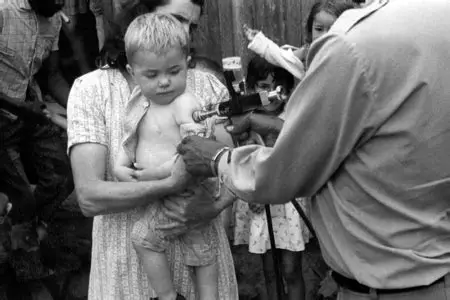
There’s something humbling about realizing humanity actually defeated a disease. Smallpox was ruthless, taking millions of lives for centuries, but global vaccination programs finally ended it in 1980. That moment didn’t just save future generations, it proved what united effort and science could do together. The success set the stage for modern public health, inspiring other campaigns to eliminate deadly infections. It also reminded us that progress doesn’t always look like invention; sometimes it’s pure persistence. The world finally exhaled, grateful and scarred but stronger. It was the first time we learned that medicine could truly outlast death itself.
2) Penicillin

It started with a messy dish in Alexander Fleming’s lab in 1928. When he noticed bacteria dying around a spot of mold, he had no idea he’d discovered penicillin. Suddenly, infections that once guaranteed death became treatable. Soldiers returned home healed instead of buried, and hospitals began to hope again. It wasn’t glamorous, but it was world-changing. Fleming called it “nature’s gift,” and he was right. That tiny mold opened the antibiotic age and turned the tide against countless illnesses. The world learned that sometimes, life-saving miracles begin quietly, growing unnoticed in a forgotten petri dish.
3) Ether Anesthesia
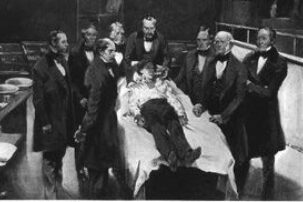
Before anesthesia, surgery meant agony. People were held down while doctors rushed through procedures, praying the patient didn’t faint or die. Then came ether. In 1846, William Morton demonstrated its power in a Boston operating room, and the world was stunned. Patients could finally sleep through surgery, free from terror and screams. Surgeons could take their time, focus, and save more lives. It was more than a medical discovery; it was a humane one. Ether turned operating tables from torture scenes into places of healing, marking a moment when medicine began caring for both body and soul.
4) Antisepsis

Sometimes the simplest ideas save the most lives. In the 1860s, Joseph Lister realized infections spread through dirty instruments and hands. By cleaning wounds and tools with carbolic acid, he cut surgical deaths dramatically. His colleagues doubted him, but his patients survived. Soon, hospitals everywhere adopted antiseptic methods, and sterile technique became the gold standard. What began as one man’s obsession with cleanliness transformed surgery forever. It’s almost poetic that something as ordinary as washing up became one of medicine’s most extraordinary revolutions, proving that prevention can be just as powerful as the cure itself.
5) Oral Rehydration Therapy

Not every medical miracle comes from a lab. Sometimes, it’s a spoon and a cup of water. In the 1970s, doctors found that a simple mix of water, sugar, and salt could save children dying from dehydration. Oral rehydration therapy was so effective it became the standard treatment for cholera and diarrhea worldwide. Parents learned to make it at home, and millions of tiny lives were saved. The beauty lies in its simplicity. Science discovered what the body always knew, it doesn’t always need something new, just the right balance of what it already understands best.
6) Insulin

Before insulin, diabetes was a death sentence. In 1921, Frederick Banting and Charles Best found a way to extract insulin and give it back to the body. Suddenly, people who were wasting away began to recover. It wasn’t a cure, but it was a lifeline. For the first time, patients could live, eat, and plan their futures. Insulin turned a hopeless disease into a manageable condition, offering decades of life instead of months. It was a quiet kind of miracle, one that let families breathe again and proved that discovery could mean the difference between survival and goodbye.
7) DNA’s Double Helix
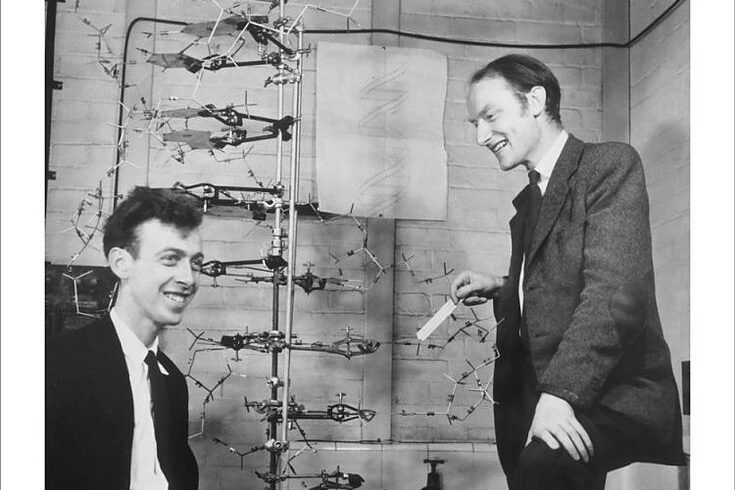
When James Watson and Francis Crick described DNA’s double helix in 1953, they weren’t just solving a puzzle. They were opening the book of life. With Rosalind Franklin’s crucial X-ray image, the discovery revealed how traits pass from parent to child. It reshaped biology, medicine, and even identity. Suddenly, diseases could be traced, inherited risks understood, and forensics born. DNA became the foundation of personalized medicine, letting doctors look deeper than symptoms. It was the moment we realized that inside every cell lies a story written in code, waiting patiently for us to learn its language.
8) PCR

Imagine needing to read one page of DNA but having only a whisper of it. In the 1980s, Kary Mullis changed that with PCR, a method that copies small bits of DNA into millions. It turned genetic research, forensics, and disease testing upside down. Suddenly, scientists could diagnose faster and study deeper with minimal samples. It became the silent engine behind modern diagnostics, from ancestry tests to virus detection. PCR made the invisible visible. In every test tube, it amplified not just DNA, but our ability to understand life itself, one copied strand at a time.
9) CRISPR
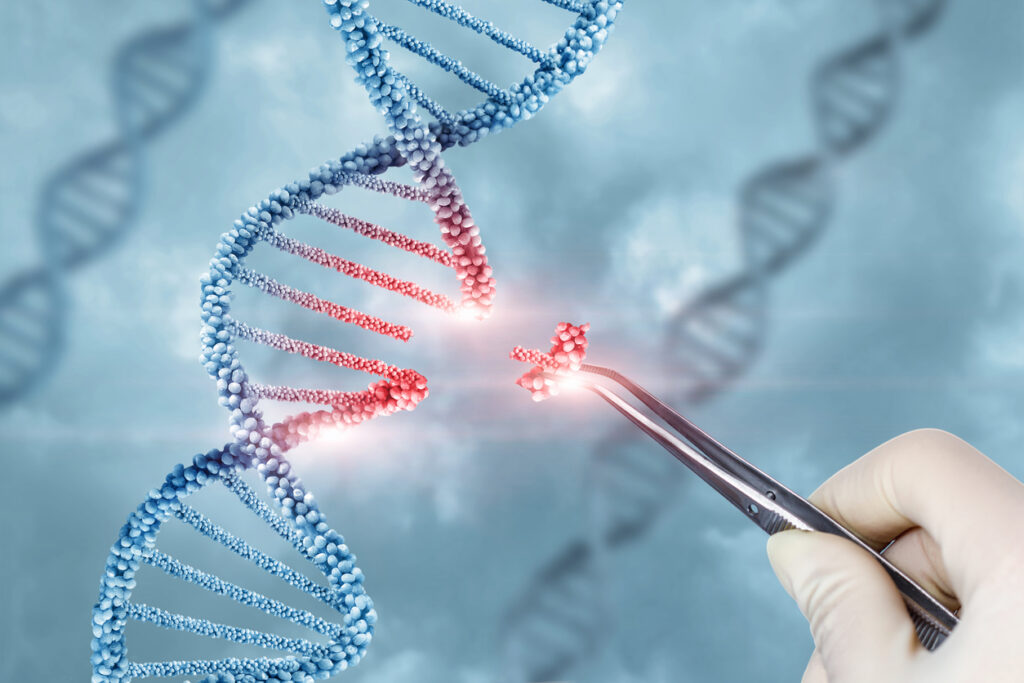
CRISPR sounds complicated, but its impact is beautifully clear. In 2012, scientists discovered a way to edit DNA like text, cutting and replacing genes with accuracy. It’s helped correct genetic disorders in labs and holds hope for curing diseases once thought untouchable. Crops grow stronger, therapies grow smarter, and possibilities expand every day. CRISPR isn’t about playing god, it’s about fixing typos in nature’s code. The excitement it sparked is matched only by the responsibility it demands. Still, it stands as one of the most promising tools ever built to rewrite what medicine means for the future.
10) In Vitro Fertilization
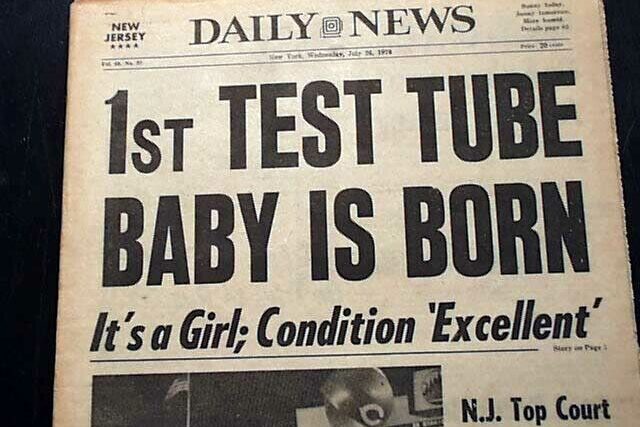
In 1978, the first “test-tube baby” was born, and the world stood amazed. In vitro fertilization gave new meaning to hope for couples struggling with infertility. What began as a medical experiment became a bridge to parenthood for millions. It redefined family, love, and the power of perseverance. IVF didn’t just change biology; it changed hearts. Behind every embryo transfer is a story of longing and resilience. For many, this breakthrough transformed silence into laughter and waiting into life. Sometimes, science doesn’t just extend life, it helps create it in ways that once only dreams could imagine.
11) mRNA Vaccines

When COVID-19 stopped the world, scientists didn’t start from scratch. They turned years of research on messenger RNA into life-saving vaccines. Instead of using a weakened virus, the shot taught the body to recognize a harmless protein and fight back faster. The results were stunning, millions of lives saved within months. It showed that science could respond in real time and protect humanity when it mattered most. mRNA technology is now shaping new vaccines for cancer and other diseases, reminding us that sometimes, progress is simply knowledge finally meeting its perfect moment.
12) Antiretroviral Therapy

In the 1980s, HIV was a terrifying mystery. Then combination therapy changed everything. Antiretroviral drugs stopped the virus from multiplying, allowing people to live full, long lives. What was once a death sentence became a chronic condition that could be managed. Communities healed, stigma softened, and hope returned. Today, treatment means viral loads can drop so low they’re undetectable, preventing transmission entirely. It’s more than medicine, it’s renewal. Antiretroviral therapy taught the world that compassion, science, and access could transform tragedy into triumph, one pill and one patient at a time.
13) X-Rays

When Wilhelm Röntgen discovered X-rays in 1895, he gave doctors sight beyond skin. For the first time, they could see broken bones, hidden bullets, and internal damage without surgery. The image of his wife’s hand, her bones outlined against the black, amazed the world. Hospitals quickly adopted the technology, and diagnosis changed forever. X-rays became the quiet eyes of medicine, guiding surgeons, saving time, and reducing suffering. What started as a scientific accident became one of the most valuable tools in healing, showing that sometimes, the invisible holds all the answers we need.
14) MRI Scans
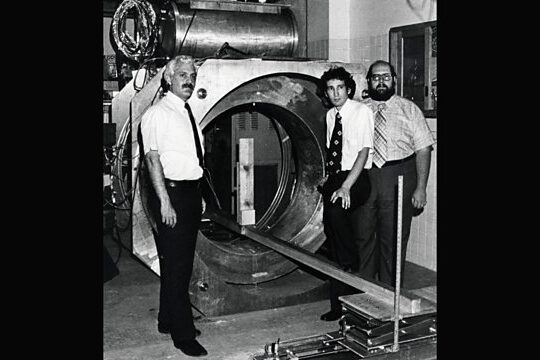
MRI scans took medical imaging to a new dimension. Using magnets and radio waves, doctors could see the body’s soft tissues in vivid detail without radiation. Introduced in the 1970s, MRI transformed how diseases of the brain, heart, and spine were diagnosed. It was like opening a secret atlas of human anatomy. Patients benefited from earlier detection, safer monitoring, and better treatment planning. Each scan told a clearer story about what was happening inside. MRI technology taught medicine to listen visually, proving that healing often begins with understanding what lies quietly beneath the surface.
15) Organ Transplants

Few breakthroughs carry as much emotion as organ transplants. When surgeons successfully transplanted a kidney in 1954, it marked a new kind of miracle, the ability to pass life from one person to another. Over time, advances in immunosuppressive drugs and surgical precision made transplants routine for hearts, livers, lungs, and more. For patients, it meant more than survival, it meant another birthday, another chance to love, work, and dream. Every donor became a quiet hero. Organ transplantation showed that compassion and courage could literally live on in someone else, beating faithfully inside a grateful new home.
16) Dialysis
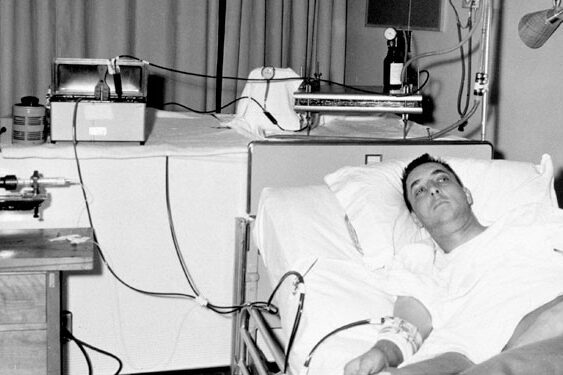
For those with kidney failure, dialysis became the lifeline that time itself once denied. Developed in the 1940s, it used a machine to filter blood, doing what damaged kidneys no longer could. The idea was simple but extraordinary, clean the blood outside the body, then return it purified. Suddenly, patients who faced certain death could live for years, even decades. Dialysis units spread worldwide, turning hopelessness into stability. It’s not an easy road, but it’s one paved with second chances. Dialysis proved that persistence in medicine could take over where nature pauses and give life more room to continue.
17) Pacemakers

When hearts skipped too many beats, pacemakers stepped in to steady the rhythm. The first implantable version in 1958 was bulky and experimental, but it worked. Over time, they became tiny, reliable, and lifesaving. Pacemakers restore confidence and energy to people who once lived in fear of sudden collapse. They quietly pulse with reassurance, helping millions live full lives. This breakthrough isn’t flashy, but it’s beautifully human, a tiny machine whispering to the heart, keep going. Every steady beat reminds us how far ingenuity and compassion can go when they work in perfect rhythm.
18) Laparoscopic Surgery

There was a time when surgery meant long scars and even longer recoveries. Then came laparoscopic surgery. Using cameras and tiny instruments, surgeons could operate through small incisions instead of large cuts. Patients healed faster, faced fewer complications, and often went home the same day. It was minimally invasive but maximally effective. What once required weeks of rest could now take days. Laparoscopic techniques redefined modern surgery, proving that precision and gentleness could go hand in hand. It’s one of those quiet revolutions that made medicine not just smarter but kinder too.
19) HPV Vaccine

Some vaccines prevent disease. The HPV vaccine prevents cancer. Introduced in the 2000s, it targets the human papillomavirus, a major cause of cervical and other cancers. For millions, that means protection before exposure. The vaccine turned decades of research into prevention so effective that experts predict some cancers may nearly disappear in future generations. It’s not just about medicine, it’s about empowerment. By protecting both girls and boys early, the HPV vaccine quietly redefined what prevention can achieve. It’s a reminder that saving lives doesn’t always mean treatment, sometimes it means stopping the harm before it begins.
20) The Birth Control Pill
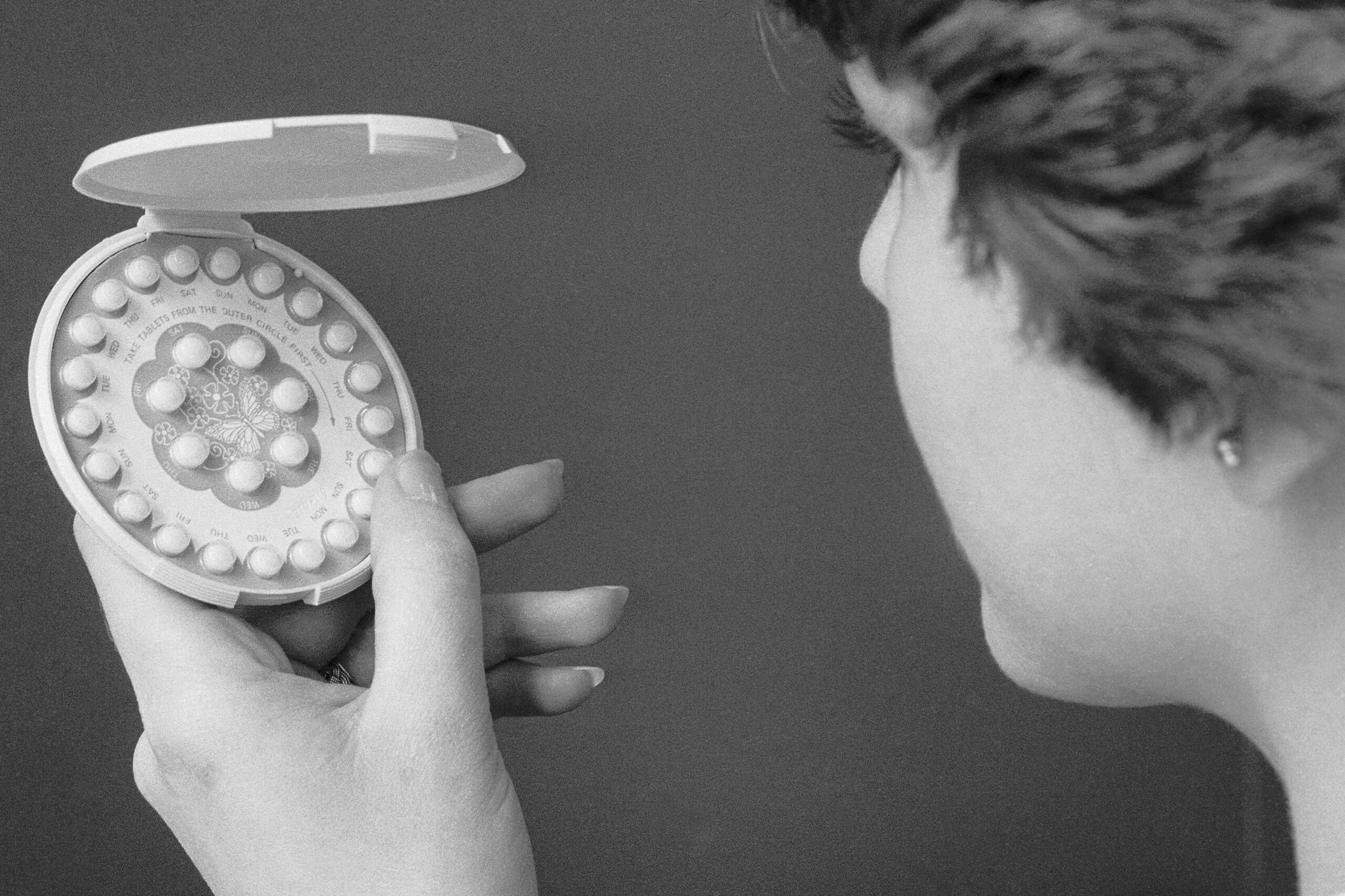
When the birth control pill arrived in the 1960s, it changed more than reproductive health, it changed society. For the first time, women could reliably plan their futures, careers, and families. It gave them choice, control, and confidence. The pill also helped regulate hormonal conditions and eased painful cycles, making life more manageable. It symbolized independence and balance in a small, daily dose. Medicine didn’t just address biology, it addressed autonomy. The pill became a quiet revolution wrapped in science, showing that healthcare could empower personal freedom as much as it heals.
21) Pap Smear

In the 1940s, Dr. George Papanicolaou developed a simple test to detect cervical cancer early. The Pap smear involved collecting cells from the cervix to look for changes before they became dangerous. It was quick, inexpensive, and incredibly effective. Death rates dropped dramatically, and millions of women were saved through early detection. The test became a model for preventive care everywhere. What once felt like silent danger now had a voice and a solution. The Pap smear proved that early attention could turn what used to be tragedy into nothing more than a routine checkup.
22) Randomized Clinical Trials

Medicine used to rely on guesswork and tradition. Then came randomized clinical trials, which introduced fairness and proof to testing treatments. By comparing real results between random groups, doctors could finally know what truly worked. This method became the backbone of modern research, guiding everything from vaccines to cancer drugs. It replaced assumptions with data and transformed medicine into science instead of art alone. Randomized trials taught the world that progress needs discipline, not just discovery. Every trusted prescription today carries that legacy of testing, transparency, and truth.
23) Cardiac Catheterization

The idea of threading a tiny tube into the heart sounded impossible until Werner Forssmann tried it on himself in 1929. What began as a risky experiment became the foundation of cardiac catheterization, now a standard procedure to diagnose and treat heart disease. It allows doctors to see blood flow, open blocked arteries, and save lives in minutes. The technique revolutionized cardiology, turning heart attacks from death sentences into emergencies that can be reversed. Cardiac catheterization showed that courage and curiosity together could literally open hearts in the most life-saving way possible.
24) Helicobacter pylori Discovery
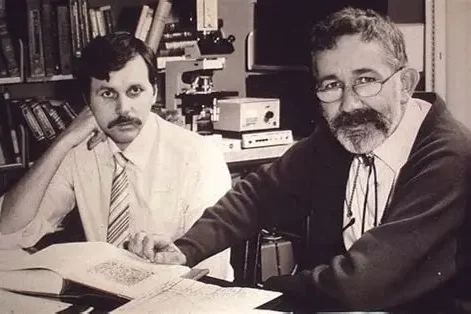
For decades, ulcers were blamed on stress and spicy food until two Australian scientists proved otherwise. In 1982, Barry Marshall and Robin Warren discovered that a bacterium called Helicobacter pylori caused stomach ulcers. They were so sure that Marshall drank the bacteria himself, developed gastritis, and cured it with antibiotics. Their persistence changed gastroenterology forever. Today, ulcers are treated instead of tolerated. The discovery reminded medicine that even the most accepted truths can be wrong and that curiosity, backed by courage, can heal millions by rewriting what we think we already know.
25) Artificial Intelligence in Medicine
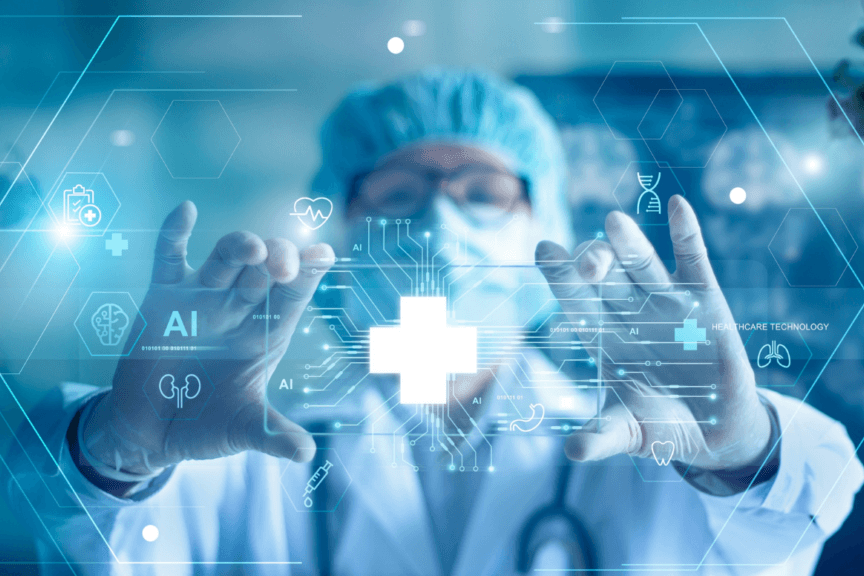
The newest breakthrough isn’t replacing doctors, it’s helping them. Artificial intelligence is now reading scans, predicting risks, and speeding diagnoses with remarkable accuracy. AI tools help detect cancers earlier, tailor treatments, and reduce errors. It’s not science fiction; it’s quiet support woven into daily care. The partnership between human intuition and digital precision is reshaping how hospitals work. AI shows that the future of medicine isn’t man versus machine, it’s both working together. Each algorithm, each insight, moves us closer to healthcare that’s faster, fairer, and more personal than ever before.
This story Medical Breakthroughs That Changed Everything was first published on Daily FETCH


